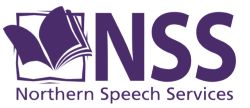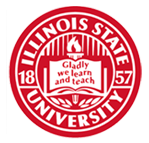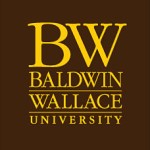Abstract
There have historically been a variety of diagnostic terms used to describe children with unexplained language disorders. Recently there has been some consensus around the use of the term developmental language disorder (DLD) however, students, in particular graduate students, need to be aware of the various terms that have historically been used so that they are able to successfully employ evidence-based practice (EBP). The current study used a Problem Based Learning (PBL) approach, based on a teaching module recently published by the authors (see Victorino & Magaldi, 2019), to teach students enrolled in a graduate program in Communication Sciences and Disorders (CSD) about the evolving terminology used to describe children with unexplained language disorders. Students’ confidence in their understanding of the concepts surrounding the variety of terms used and confidence to seek evidence relating to children with unexplained language disorders was measured. Quantitative findings indicated increased student confidence after the PBL exercises on all areas measured, with the largest gains related to the nature of unexplained language disorders in children, and their ability to employ EBP. Qualitative findings also suggested the PBL exercises impacted students thinking about EBP. Implications for educators in CSD programs are discussed.
Recommended Citation
Magaldi, N.,
&
Victorino, K.
(2022).
Problem-Based Learning as a Tool to Facilitate Graduate Students’ Understanding of Terminology and Evidence-Based Practice in Child Language Disorders.
Teaching and Learning in Communication Sciences & Disorders, 6(3).
DOI: https://doi.org/10.30707/TLCSD6.3.1664996985.123944





